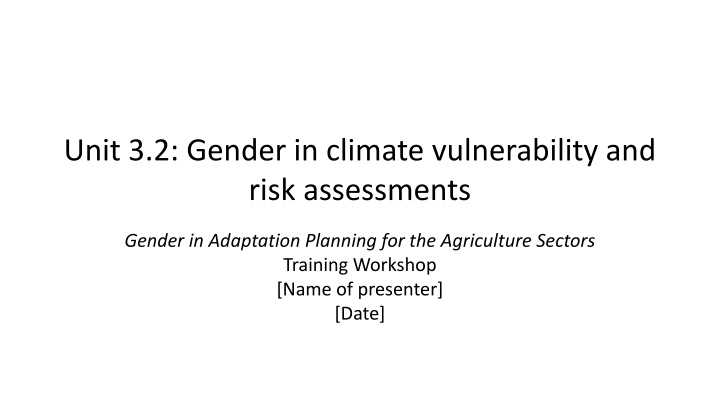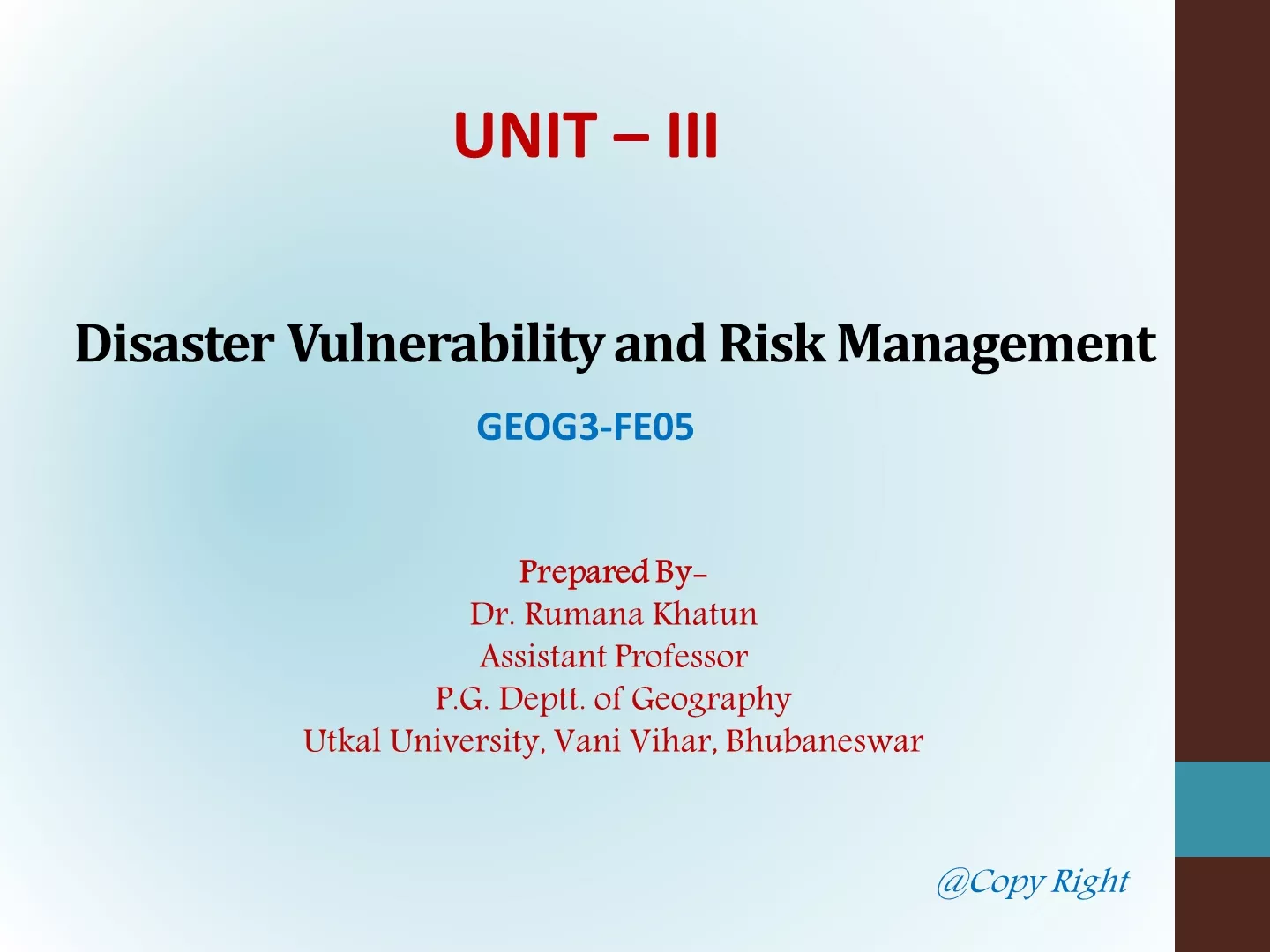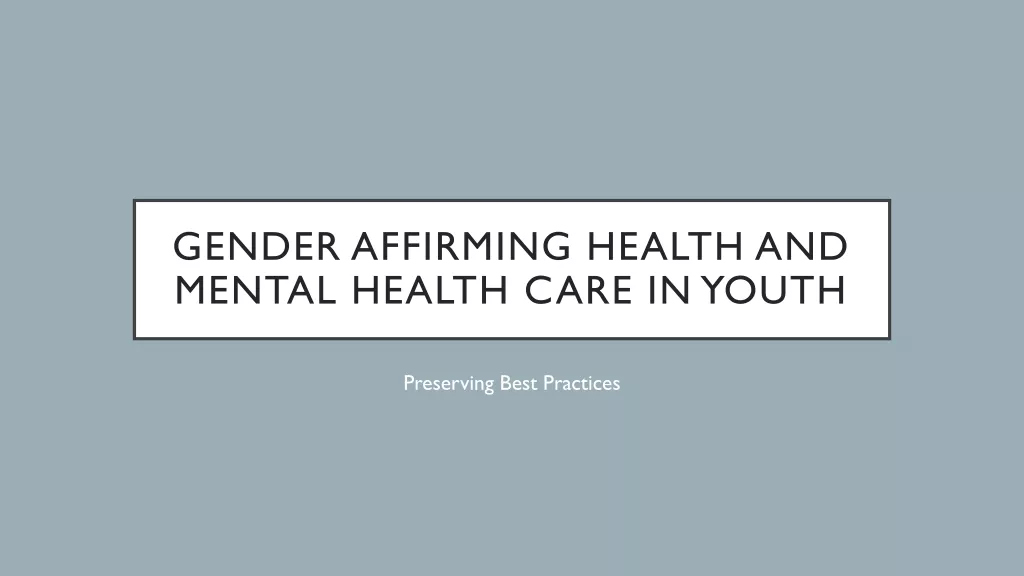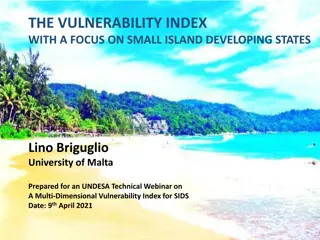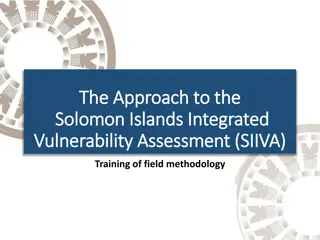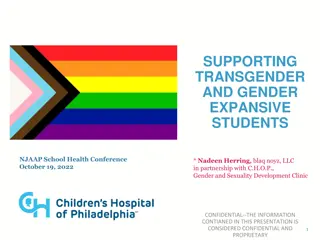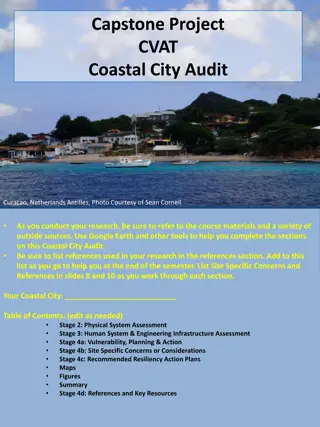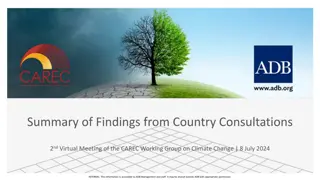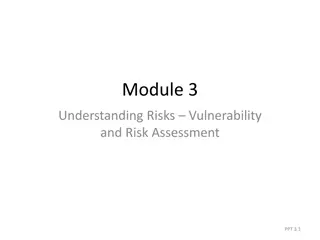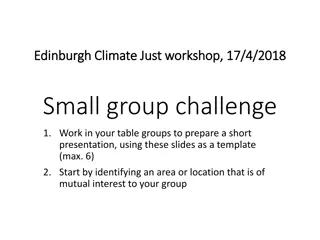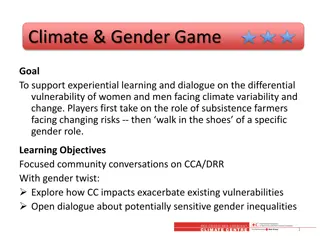Gender Considerations in Climate Vulnerability and Risk Assessments for Agriculture
This training workshop explores the intersection of gender, climate vulnerability, and risk assessments in adaptation planning for the agriculture sectors. It delves into how women and men may experience climate change effects differently and discusses ways to ensure gender considerations are included in vulnerability and risk assessments. The workshop addresses the varied capacities of individuals to adopt adaptation options based on factors like gender, age, ethnicity, and socio-economic status. Through examples and frameworks, it highlights the importance of conducting gender-responsive vulnerability and risk assessments to inform decision-making at different levels.
Download Presentation

Please find below an Image/Link to download the presentation.
The content on the website is provided AS IS for your information and personal use only. It may not be sold, licensed, or shared on other websites without obtaining consent from the author.If you encounter any issues during the download, it is possible that the publisher has removed the file from their server.
You are allowed to download the files provided on this website for personal or commercial use, subject to the condition that they are used lawfully. All files are the property of their respective owners.
The content on the website is provided AS IS for your information and personal use only. It may not be sold, licensed, or shared on other websites without obtaining consent from the author.
E N D
Presentation Transcript
Unit 3.2: Gender in climate vulnerability and risk assessments Gender in Adaptation Planning for the Agriculture Sectors Training Workshop [Name of presenter] [Date]
Learning outcomes Understand the concept of risk and vulnerability in the agriculture sectors from a gender perspective. Understand Discuss ways to ensure that gender considerations are included in a climate vulnerability and risk assessment in the adaptation planning context. Discuss
Climate vulnerabilities and capacities Women and men might be differently vulnerable to the effects of climate change. Gender, age, ethnicity, socio-economic status, and other factors determine the different capacities people may have to adopt adaptation options.
Gender considerations and components of risk Adapted from GIZ (2016)
Gender-responsive vulnerability and risk assessment Ananalysis of climate vulnerability and risk that women and men experience in households, livelihoods, communities, infrastructures. Can be conducted at national, regional, community or household levels. Uses analytical framework to inform collection, analysis of vulnerability/risk assessment data.
Example Excerpt of a capacity and vulnerability assessment framework, exploring three categories of vulnerabilities and capacities to hazard in Nepal. Vulnerabilities Capacities Physical/material The productive resources, skills and hazards that exist More time required for women to collect water Switch to other crops Social/organizational Relationships between people and their organizational structures Limited land rights for women compared to men Women user groups Motivational/attitudinal How the community views its ability to create change Limited time for education Social networks
